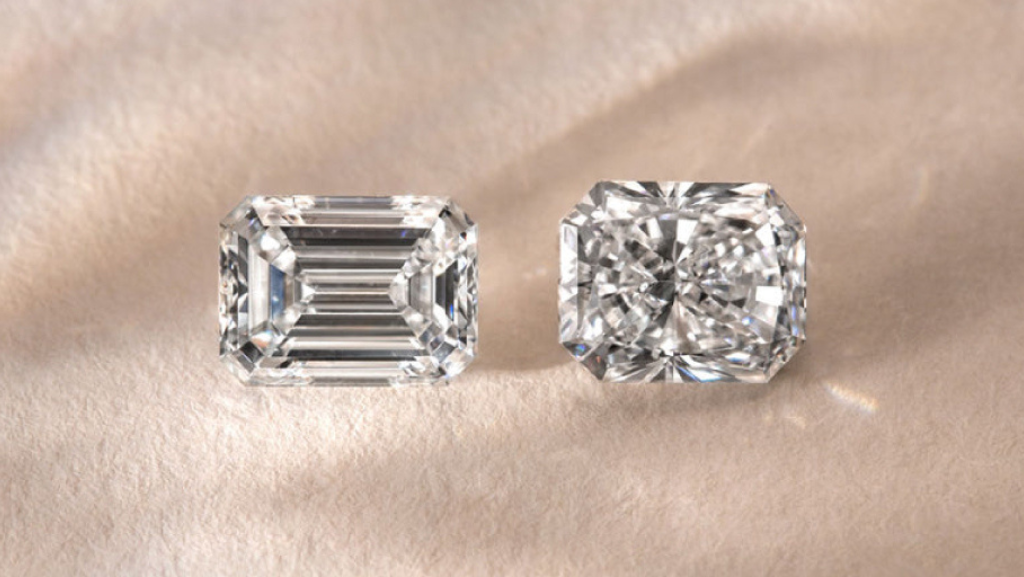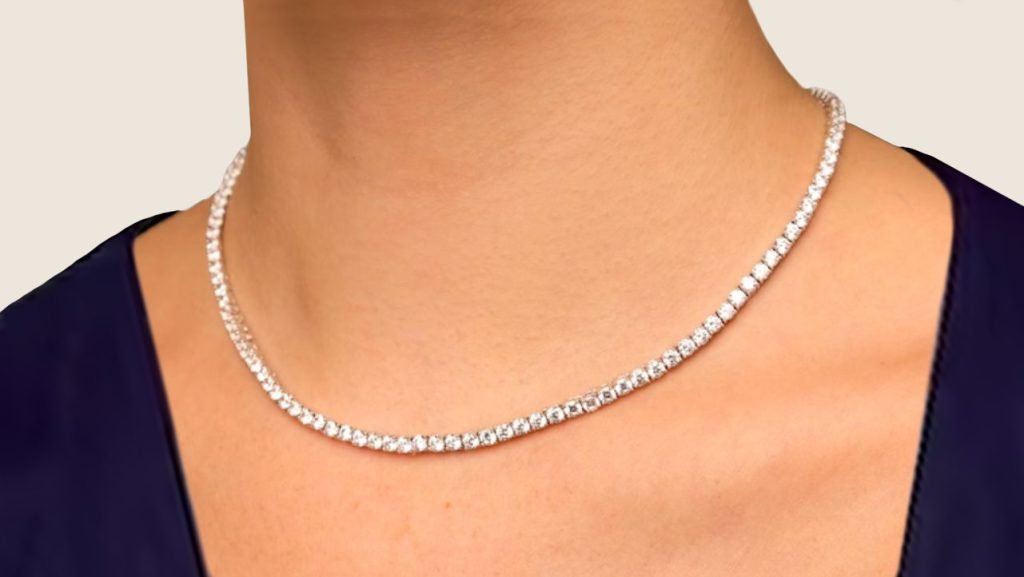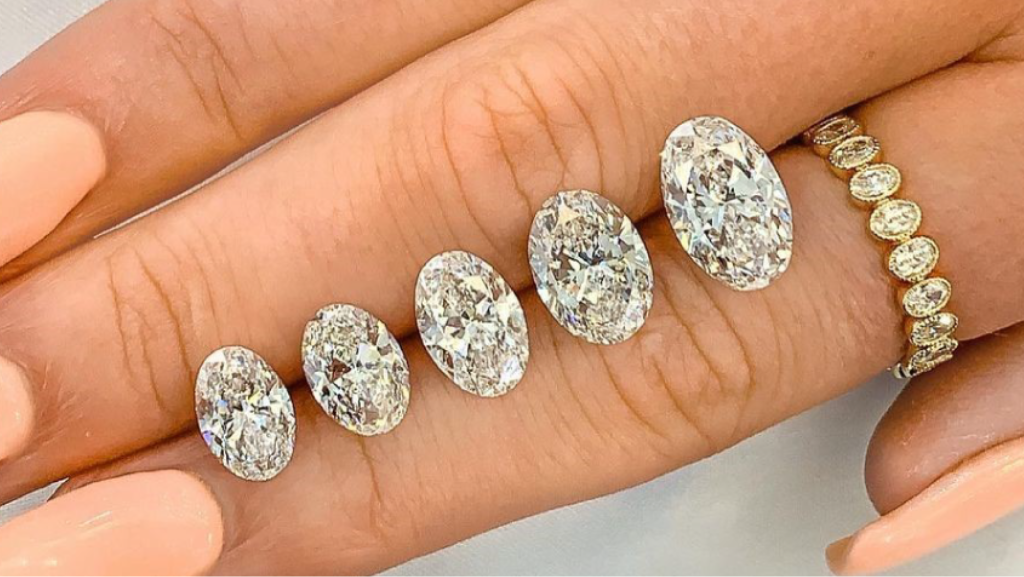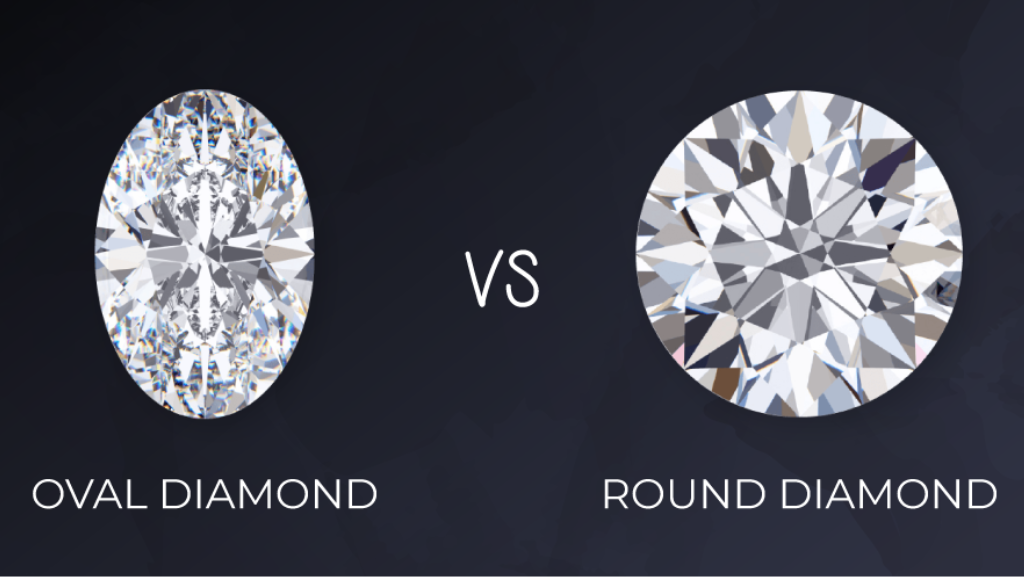Calibrated Diamonds: Everything you need to know
Two jewels are almost indistinguishable. Things being what they are, how could it be that goldsmiths can make multi-stone plans that convey the dazzling appearance of consistency? Regardless of whether the completed piece is an astonishing tennis armband, multi-stone jewel wedding band, studs, or something different, its ability to choose adjusted jewels directs the cycle.
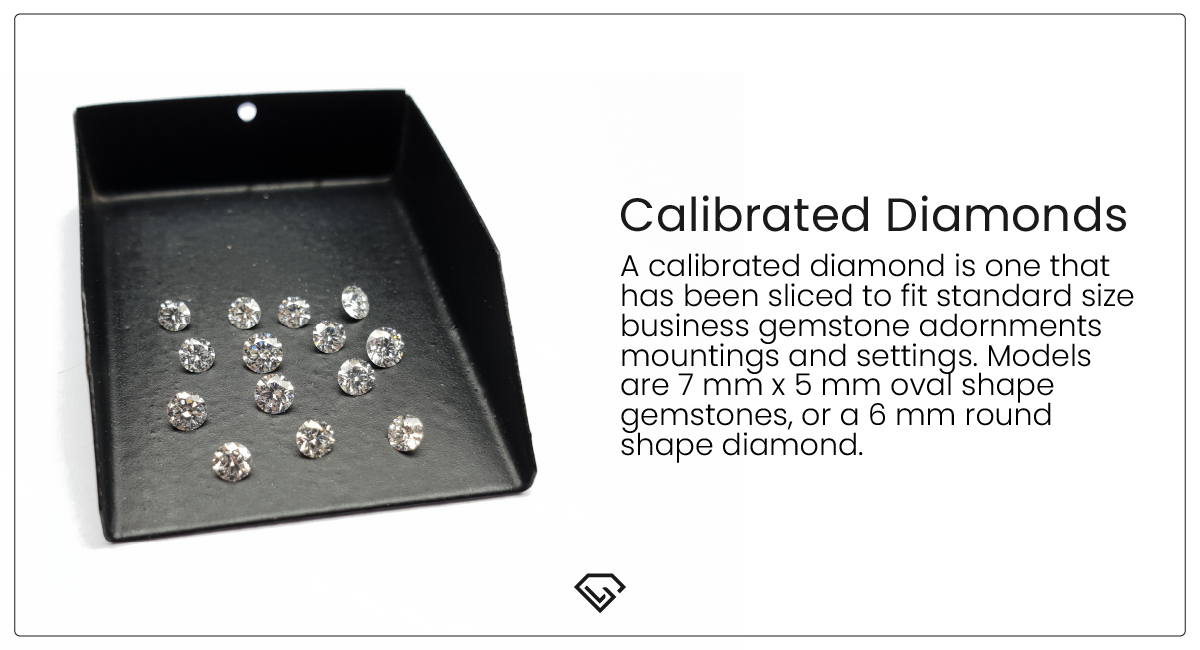
The unmistakable contrasts shown in free jewels are by and large not apparent to the unaided eye. This empowers goldsmiths with the capacity to choose jewels that show up completely coordinated for use in settings. From two precious stones entirely combined for the jewel to orders for many little jewels expertly chosen depending on their similitudes for use in an intricate mounting.
Calibrated diamonds have revolutionized the jewelry industry with precise measurements and consistent quality. These diamonds are meticulously crafted to exact specifications, offering unparalleled uniformity in size and shape. This article delves into the world of calibrated diamonds, exploring their manufacturing process, advantages, and much more.
What are Calibrated Diamonds?
A calibrated diamond is one that has been sliced to fit standard-size business gemstone adornments mountings and settings. Models are 7 mm x 5 mm oval shape diamonds, or a 6 mm round shape diamond. Aligned gemstones are not sliced to correct estimations, however, they are sliced to sizes that most standard-size mountings can oblige.
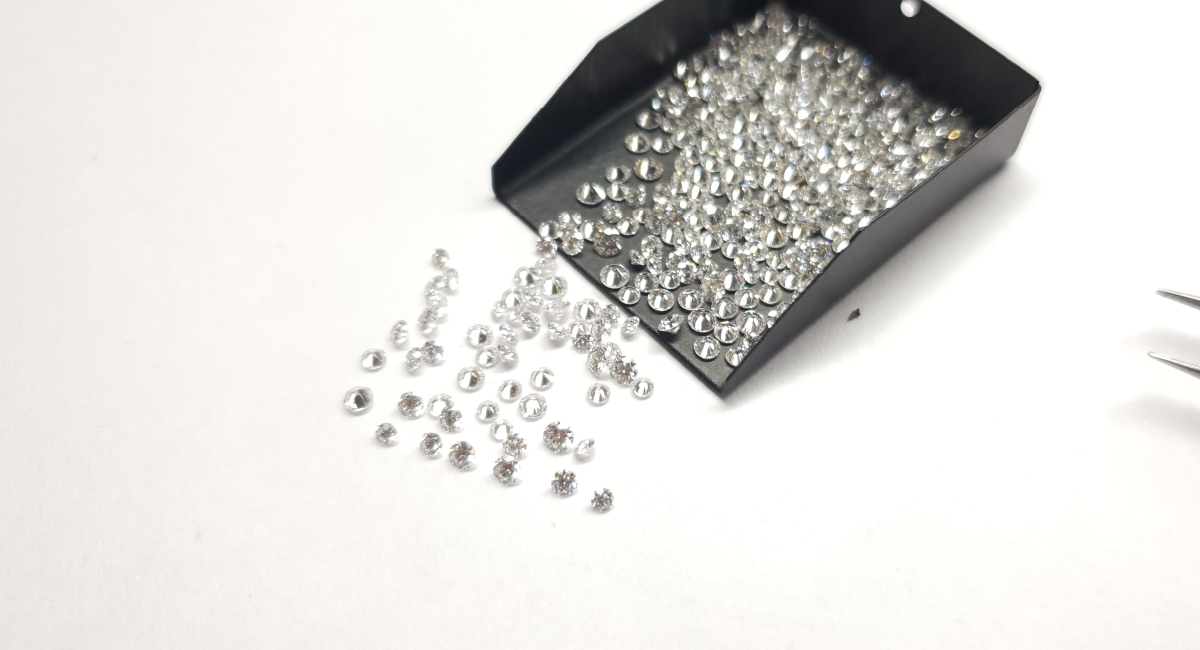
There will consistently be some change; ordinarily, for gemstones more than 1 carat in weight, a size difference inside 0.04% is worthy, contingent upon the specific adornments configuration obviously.
Above in the photograph are two 6 mm round distances across stones, yet the jewel is practically a large portion of the heaviness of the sapphire. This is the reason gemstones ought to be purchased by size as opposed to weight.
The production of calibrated diamonds begins with the selection of high-quality rough stones. Skilled craftsmen then meticulously cut and polish each diamond to precise measurements using advanced machinery and techniques. Quality control measures ensure that every calibrated diamond meets stringent standards for symmetry, clarity, and brilliance. Lab created calibrated diamonds adhere to standardised measurements, unlike traditional diamonds, which may vary in proportions.
Purpose
Mass-created gemstone settings come in standard sizes. On the off chance that a jewel will not fit in a standard setting, one should be uniquely designed. This includes substantially more work and accordingly cost. Remember this when purchasing a diamond, or choosing a cut for a gemstone.
There are conditions where the estimation of a stone makes it worth cutting for the most extreme yield, afterwards paying for a uniquely designed setting. In different conditions, the expense of a custom setting isn’t legitimized by the estimation of the diamonds.
Sizes
A diamond shouldn’t be the exact size of the setting. A talented gem dealer can alter a setting to oblige a wide assortment of jewel sizes. Any round pearl can be placed in a standard setting. With different shapes, there are different components to be thought of.
When in doubt, jewels under one carat can be inside 0.1 mm of the setting size. More than one carat, a 0.2 mm difference can generally be obliged and some of the time more.
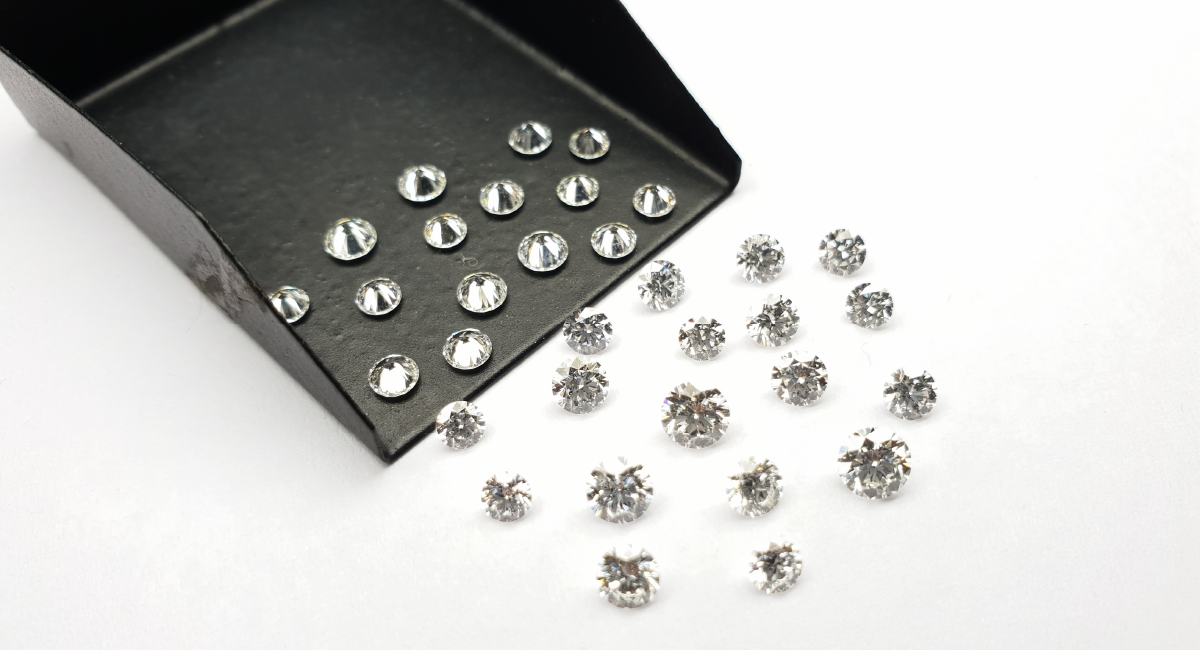
Weights
The loads given are for precious stones sliced to ideal extents. Colored stones are generally cut with a more prominent volume than jewels; subsequently, they will gauge more than the outline sizes. The thickness of the material will likewise influence the weight. For instance, a 6.5 mm round jewel, sapphire, and opal, all cut to similar extents will all have various loads.
The jewel (with a particular gravity of 3.52,) will gauge 1 carat. A sapphire (explicit gravity 4,) will weigh 1.14 carats. The opal (explicit gravity 2.15) will just gauge .61 carats. There are unobtrusive varieties to this rundown. For instance, some rundown a .25 carat jewel as estimated 4.1 mm. The fact of the matter isn’t to take these figures too in a real sense, but to utilize them as a beginning stage for assessing loads.
Calibrated Small Diamonds
With exceptionally few precious stones, a gem specialist will put in a request for 1.3 mm stones, as opposed to alluding to their size as 0.01 ct or 1 point. A 1 pt jewel that is cut exceptionally profoundly may not be actually 1.3 mm in measurement, which turns into an issue when the plan requires a line of consistently estimated stones.
Also Read: WHY CVD DIAMOND PASS TESTER AND HPHT CAN’T?
Advantages of Calibrated Diamonds
- Calibrated diamonds are widely used in the production of fine jewelry, including rings, earrings, pendants, necklaces, and bracelets.
- One of the primary advantages of calibrated diamonds is their uniformity in size.
- Jewelry designers can easily match multiple diamonds for symmetrical arrangements, creating visually appealing compositions.
- Calibrated diamonds streamline the setting process, allowing jewelers to work more efficiently.
- This efficiency translates to lower production costs and competitive pricing for consumers.
Things to Consider When Choosing Calibrated Diamonds

- Estimations – When coordinating jewels for use in multi-stone settings, estimation assumes a basic part. Adjusted precious stones should seem equivalent to the unaided eye. Slight carat weight deviations are conceivable, yet the precious stones should seem uniform, making millimeter size a state of thought.
- Shading – Color attributes are likewise imperative when choosing coordinating precious stones. Since jewels structure normally in an assortment of tones, it is significant for adjusted precious stones to coordinate in this regularly entirely observable trademark. Dull or close to vapid precious stones, for instance, can’t be combined with those showing a yellow or earthy colored color if a uniform introduction is wanted in the last setting.
- Lucidity – This significant precious stone trademark tends to interior considerations and outer imperfections an individual jewel shows under 10X amplification. Aligned jewels are likewise chosen with this significant trademark considered to guarantee general consistency in quality.
- Shape – Jewelers likewise select adjusted precious stones dependent on this vital appearance factor. Round cut jewels are combined or coordinated with other round-cut precious stones, for instance. In settings where various shapes may be utilized, jewels may be coordinated by shading and quality elements.
Also Read: MISTAKES TO AVOID WHEN BUYING A LAB GROWN DIAMONDS
Where to Buy Lab-Created Calibrated Diamonds?
You can purchase lab-created calibrated diamonds from loosegrowndiamond.com which offers a wide selection of lab-created diamonds in calibrated sizes. You can browse them, compare prices, and select the diamond that meets your specifications.
Additionally, consider factors such as cut, color, clarity, and carat weight to find the perfect diamond for your needs.
Conclusion
Diamond sellers frequently have records accessible of the adjusted sizes that their stock is accessible in. It is consistently helpful to have a duplicate close when planning and giving a duplicate to deal with staff with the goal that they can manage a client effectively, both regarding the accessibility of specific sizes and their expense.
FAQs
Can calibrated diamonds be customized for specific jewelry designs?
While calibrated diamonds adhere to standardized measurements, they can still be customized for specific jewelry designs by skilled artisans and jewelers. Custom settings and arrangements can enhance the overall aesthetic appeal of calibrated diamond jewelry.
Are calibrated diamonds more expensive?
Generally, calibrated diamonds are priced lower than non-calibrated diamonds due to their standardized measurements and mass production capabilities. However, factors such as cut, color, clarity, and carat weight still influence the overall cost.
What makes calibrated diamonds different from regular diamonds?
Calibrated diamonds are specifically cut to precise measurements, ensuring uniformity in size and shape, whereas regular diamonds may vary in proportions and dimensions.

